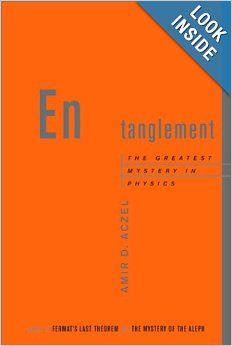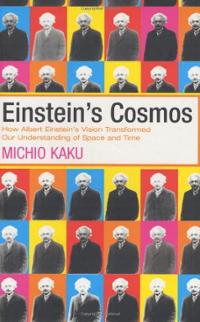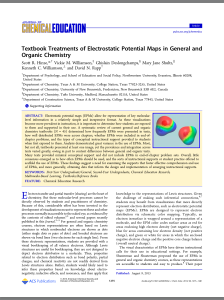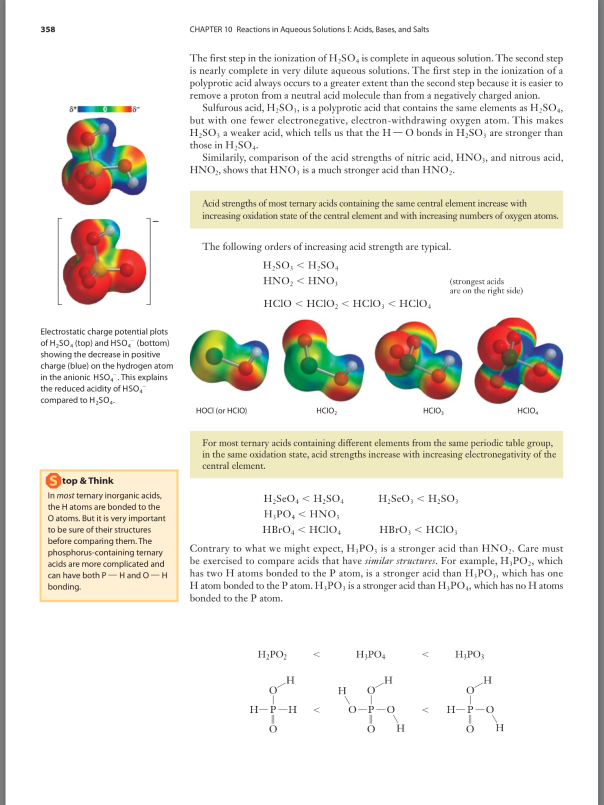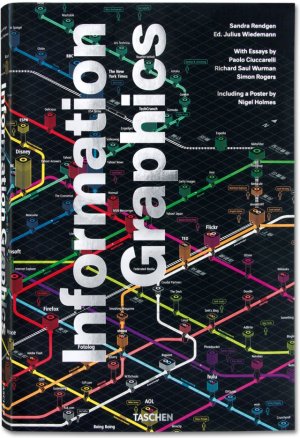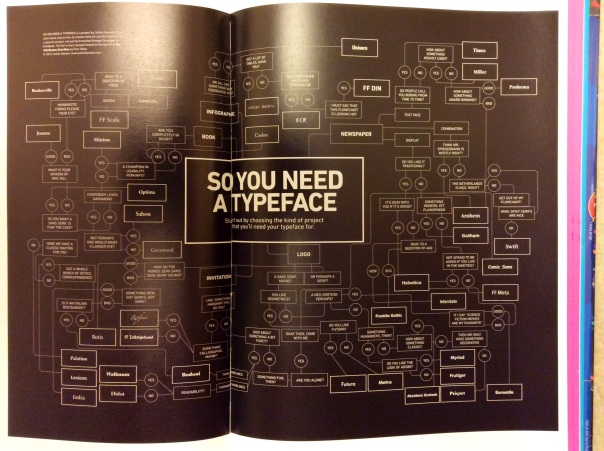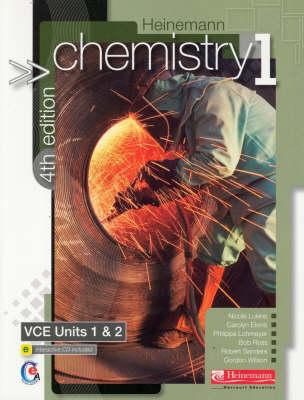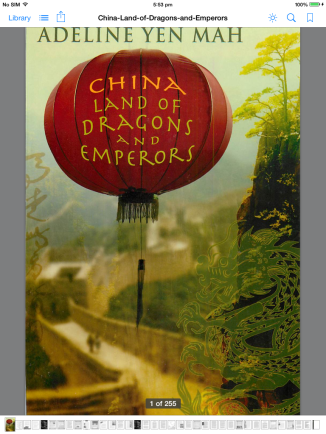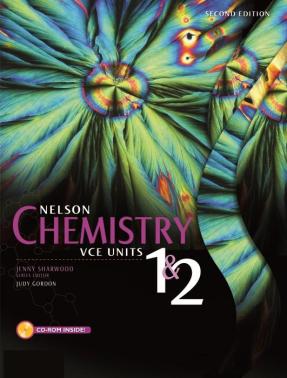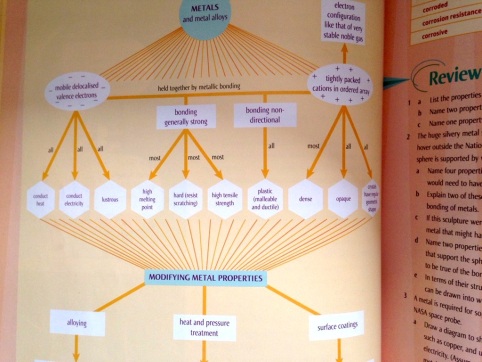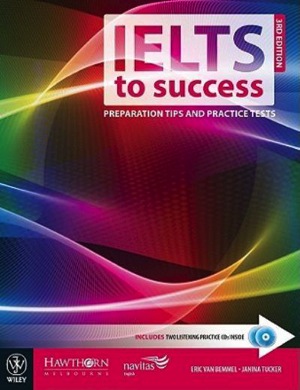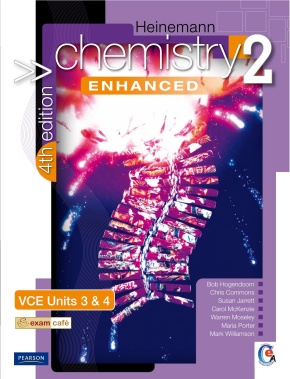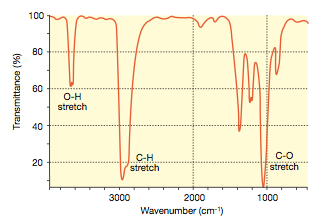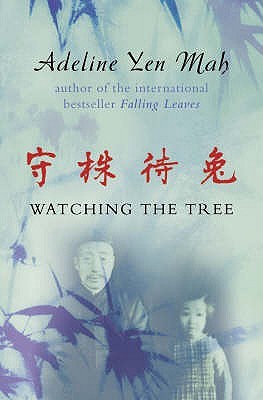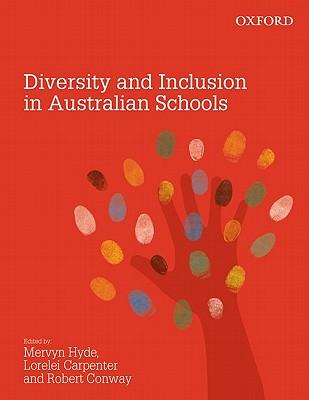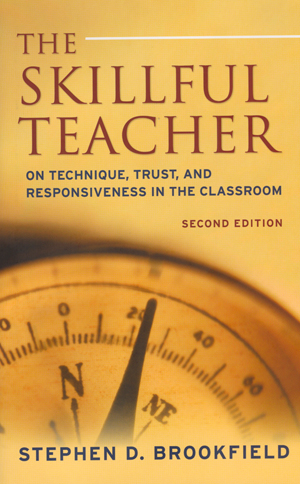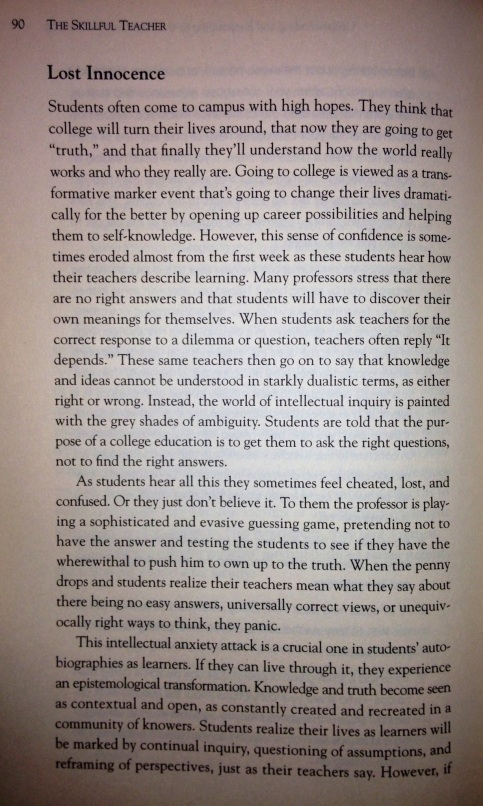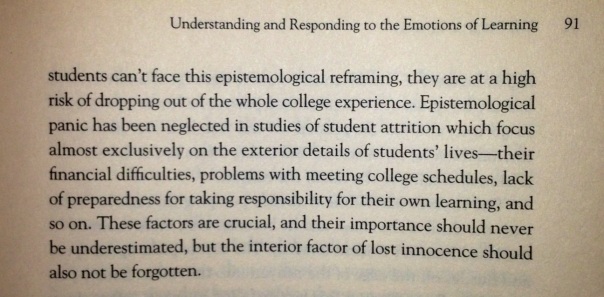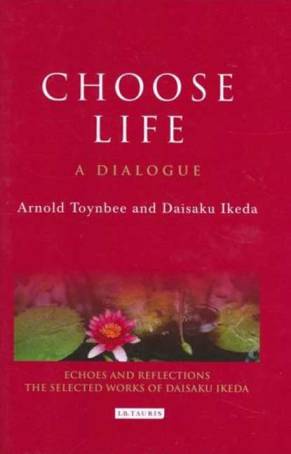
Originally posted at Dark Matter Fanzine
Office-desk fantasy for dullard corporate brainwash victims
240 pages, ★
Admittedly, I usually don’t like self-help books. At worst, they can seem preachy and idiosyncratic. They overuse bold, italics and underlining, which makes the insulting assumption that, like those office workers I mentioned previously, I am incapable of focusing on extended prose. Only a tiny minority of self-help books persist with long-term fame (Men are from Mars, Women are from Venus, for example), while the vast majority get thrown out along with each passing fad.
That said, I do like some self-help books. It was an excellent self-help book that encouraged me to start reading back in 2011. I bought David Buzan’s Speed Reading from a market stall and used it (along with a blog) as motivation to read hundreds of books in the two years that followed. I lapped it up because I needed it. By applying the same logic, I conclude that the target audience of The One Thing is a sedentary desk-worker overwhelmed with boring, repetitive filing tasks and whose life has no sense of fulfillment. I didn’t gain anything from this book because thankfully, I’m not one of those people. I want you to read this review with an image of the book’s target audience in mind.
The One Thing is set in a fantasy world where small-minded, burned-out office workers busy themselves with mundane tasks like organising emails into folders or rearranging staples. People’s attention spans have been crushed, creativity has been killed, and people only skim-read because they have no time to pause and reflect. People are cogs in corporate machines and have forgotten how to think for themselves. Their universe is no wider than an office cubicle, and their only ‘window’ is a glaring computer screen.
The book tried to improve these people’s lives with the following mantra: “Focus on one thing at a time”. It then spends 240 pages rephrasing this same message repeatedly with bewildering diagrams. Some of these diagrams are so confusing that they look satirical. (I’ll be respectful and not post them here.)
The book’s biggest downfall is that it lacks ethos, or credibility. There are no historical references (in fact, there are no references at all) and the “exemplary people” mentioned in this book are all either modern-day corporations or billionaires. Predictably, the book mentions how Apple and Bill Gates both succeeded because they focused on their “One Thing”, but the logic of this link is tenuous at best. Where the ‘good’ self-help books make ample references to ancient wisdom and modern-day science and give dozens of inspiring anecdotes and statistics, The One Thing fails to deliver on all those fronts. I have no reason to take anything in The One Thing seriously.
There’s no foreword. There’s no preface. I therefore start reading chapter one without knowing the authors, without knowing why I should read this book and without knowing what I’m going to gain from it. This is a failing of The One Thing, not of the self-help genre in general. Tony Buzan, to name just one example, puts huge emphasis on the successes of his program before we even start reading. He peppers his writing with inspiring stories that are interesting to share with friends. The One Thing’s authors, however, have cut out all the useful parts (including references, which would have made the book somewhat credible) to make room for some more “fat” in the middle chapters. As a result, The One Thing is a book of zero importance.
The book is also bland. Take this quote as an example of its banality:
I ask, “How much money do you want to earn?” I get all kinds of answers, but usually the number is quite high. When I ask, “How did you pick this number?” I frequently get the familiar answer: “Don’t know”. I then ask, “Can you tell me your definition of a financially wealthy person?” Invariably, I get numbers that start at a million dollars and go up from there. When I ask how they arrived at this, they often say, “It sounds like a lot.” My response is, “It is, and it isn’t. It all depends on what you’d do with it”.
Most of the book is written in this nonsensical language. It hasn’t even been proofread properly and grammatical errors are surprisingly regular. Lacks humour throughout. I wish it didn’t take itself so seriously!
The One Thing doesn’t stand up to the competition. It tells you how to improve your life, but doesn’t do nearly as well as Buddhist books like Happiness or Tiny Buddha, which are also classed as ‘self-help’. It’s so bland that it’s not quite bad enough to be cleverly satirical (like Fight Club); and it lacks the depth of science and history that Malcolm Gladwell’s Outliers brought to the table in 2008.
As far as “how to improve your life” goes, it’s nothing compared with Lin Yutang’s The Importance of Living, who wrote at length in beautiful language about the placement of objects on your desk, the height of your chair, what to eat and how to sit, and how to clear your mind before working. Lin Yutang even told us at what times of day we are most productive.
The One Thing is a failed attempt at enlightenment for people in very boring lines of work. Take chapter 12 for example, which is titled “The Path to Great Questions”. After walking us through a brainstorming technique designed to formulate such “great questions”, the authors give us these four lame examples:
- What can I do to increase sales?
- What can I do to double sales?
- What can I do to double sales in six months?
- What can I do to increase my sales by 5 per cent this year?
WHAT? Is that all that’s on the author’s mind? So dull…
My criticisms aren’t all subjective, either. I also found this book internally-contradictory in places. There’s a whole chapter on “don’t be self-disciplined” (which is controversial purely for its own sake). Just ten pages later, the author says we should all be self-disciplined again, and spends three pages describing an experiment that suggested toddlers with more willpower would grow up to be happier, smarter, richer, healthier adults. So should we be self-disciplined or not? Confusing.
Here’s another contradiction: on page 73, he writes, underlined, “A balanced life is a myth”. We then wade through nine pages of jargon and idiosyncratic diagrams before finding the author’s proposed alternative on page 82: “Counterbalance your personal life bucket” (sic). This is another contradiction at worst, or just jargon-juggling at best. He’s certainly not giving useful advice.
I laughed when I reached page 114. Here, “One Thing” theory collapses when the authors explain that life is full of “One Things” and then asks us to do all of them in balance. (It therefore looks like the “One Thing” theory has been disproven!)
In conclusion, The One Thing is an idiosyncratic, pointlessly antagonistic and self-contradictory book written for people with no time (or for search engines!). It has tiny chapters, is highly visual, and makes heavy use of capitals, italics and underlining. Actually, this book is so repetitive and confusing that I wouldn’t be surprised to learn that it’s been written for search engines rather than people. This might just be the world’s first “search-engine optimised” book! Such poor-quality conveyance of such poor-quality ideas only deserves to be condensed into a one-page article and posted onto LinkedIn so we can all skim past it. It should never have been made into a book.
As a metaphor, this book is like a non-dry hand wash. I walk past it, I press it and I use it just because it’s there. It feels cold and flavourless and drips off my skin rather than sinking in. Even though it has a short-lived positive impact, I will never feel any long term benefits from having picked it up.
Reading this book is like eating plain tofu straight from the fridge. It’s not unhealthy, it’s just very, very bland—and around half-way through, you’ll realise it’s so pointless and tasteless that you’ll be mocking yourself for ever having read it. Aimed at Fight Club’s protagonist. Not recommended for anyone. ★
